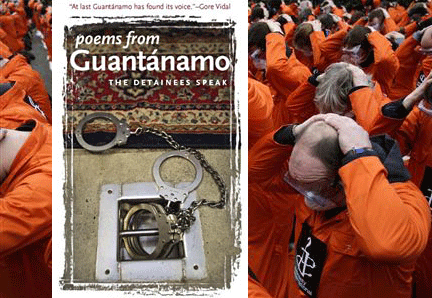
Since 2002, at least 775 men have been held in the U.S. detention center at Guantánamo Bay, Cuba. According to Department of Defense data, fewer than half of them are accused of committing any hostile act against the United States or its allies. In hundreds of cases, even the circumstances of their initial detainment are questionable. Poems from Guantánamo: The Detainees Speak (The University of Iowa Press, 2007) conveys the voices of men held at Guantánamo. Available only because of the tireless efforts of pro bono attorneys who submitted each line to Pentagon scrutiny, Poems from Guantánamo brings together twenty-two poems by seventeen detainees, most still at Guantánamo, in legal limbo. The collection is edited by Marc Falkoff, who has worked on behalf of many detainees from Yemen, and contains a preface by Flagg Miller, an anthropologist and professor of religious studies at the University of California, Davis. Miller’s essay combines an overview of Muslim prison poetry throughout history to an analysis of the poems in the collection, and is entitled “Forms of Suffering in Muslim Prison Poetry.” An afterward is written by Ariel Dorfman, a Chilean American poet, novelist, and human rights activist who teaches at Duke University. Continue reading Poems from Guantánamo: The Detainees Speak
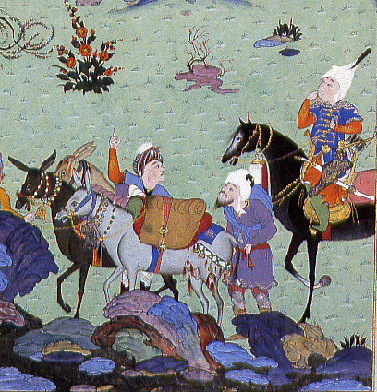
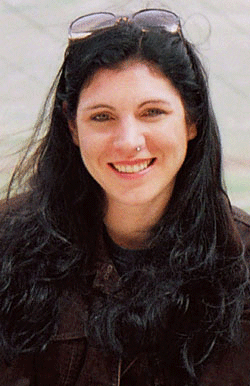

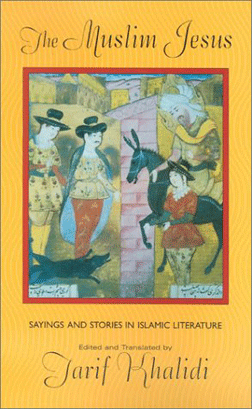
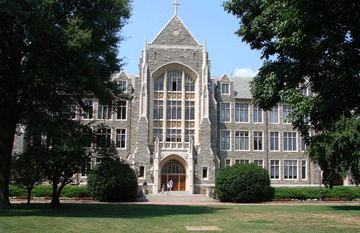

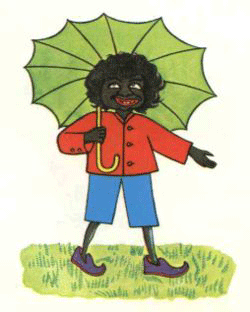 The infamous
The infamous